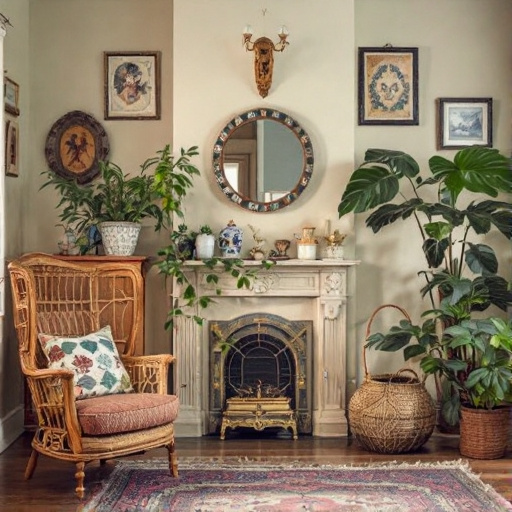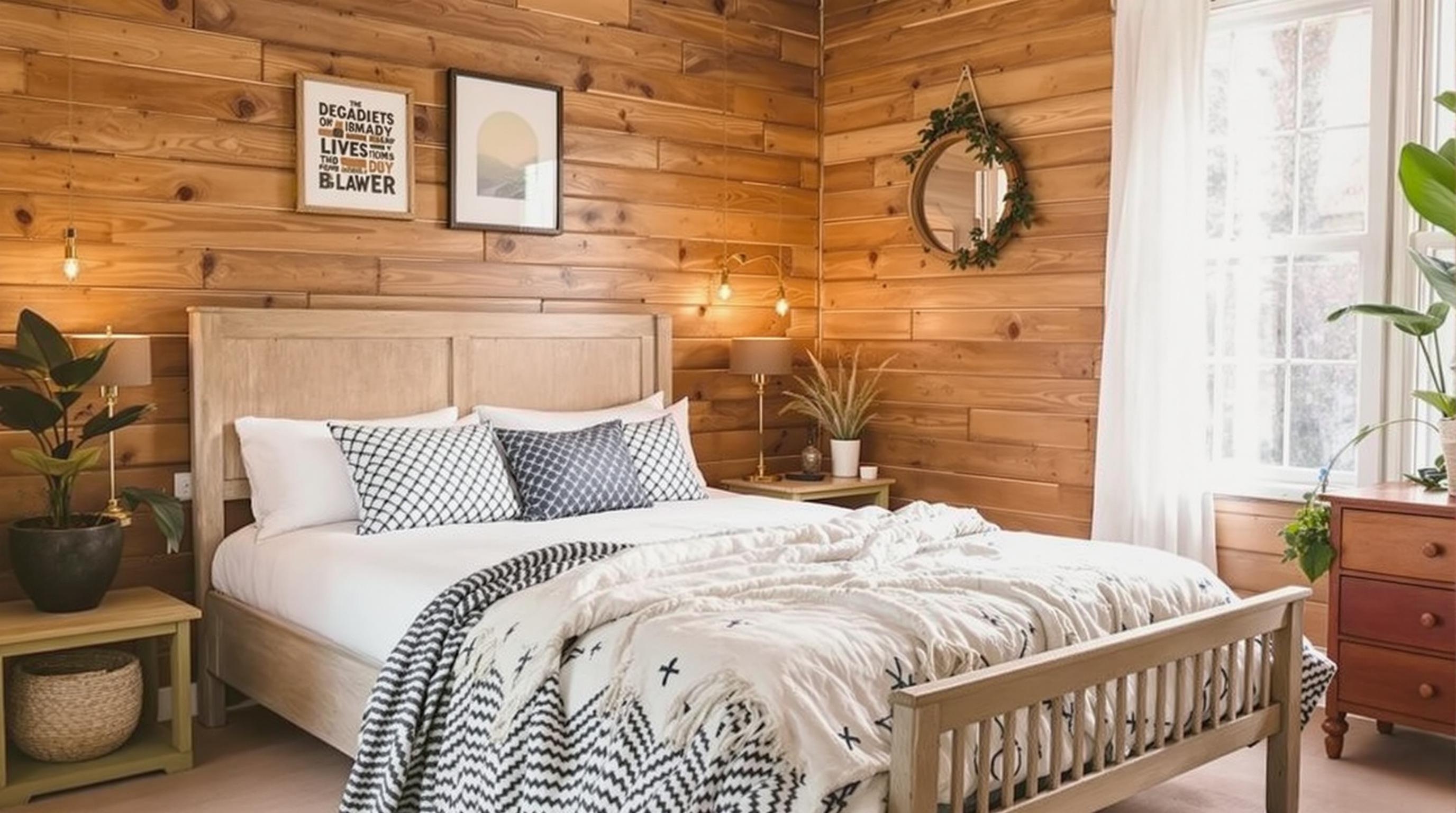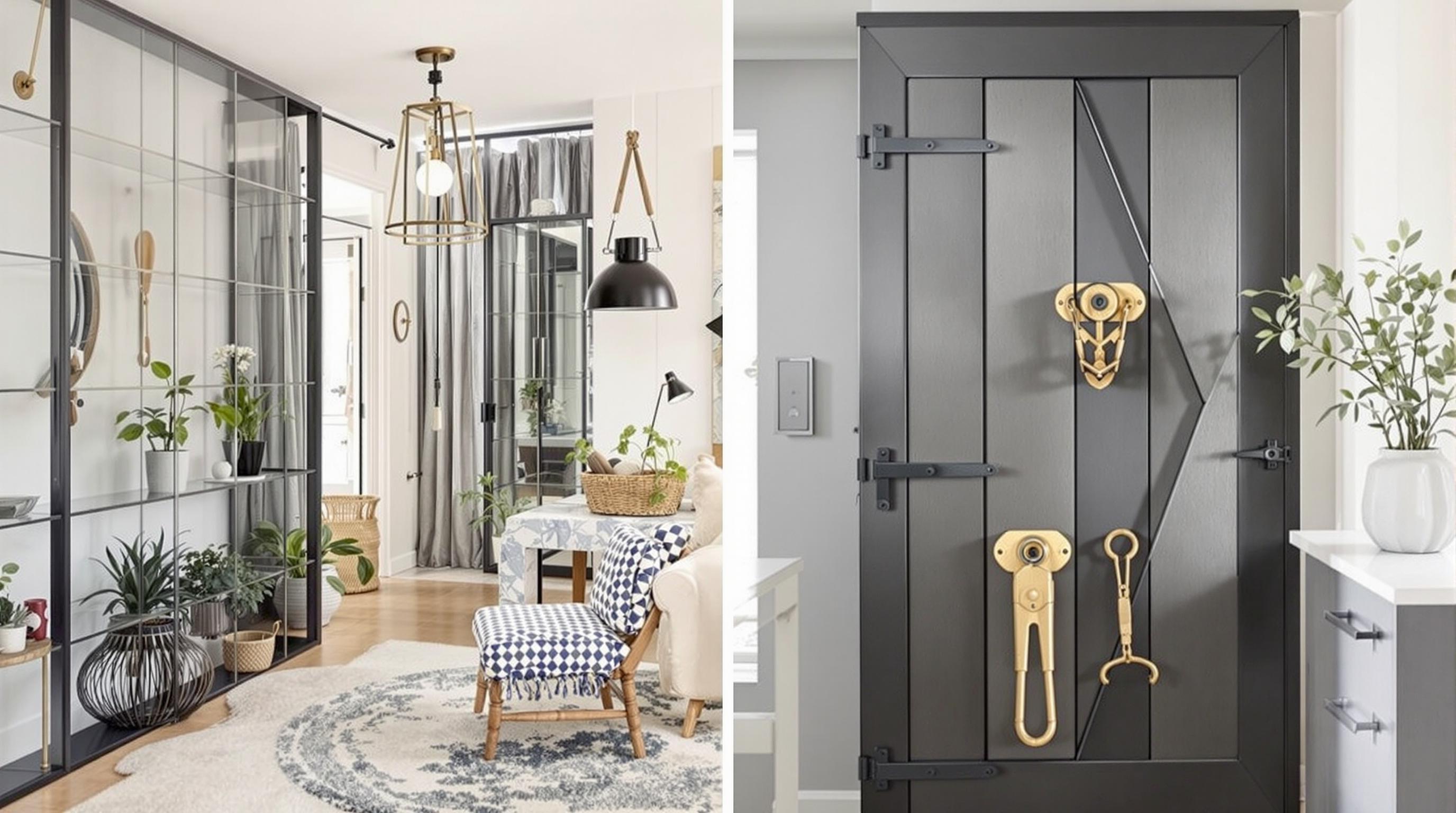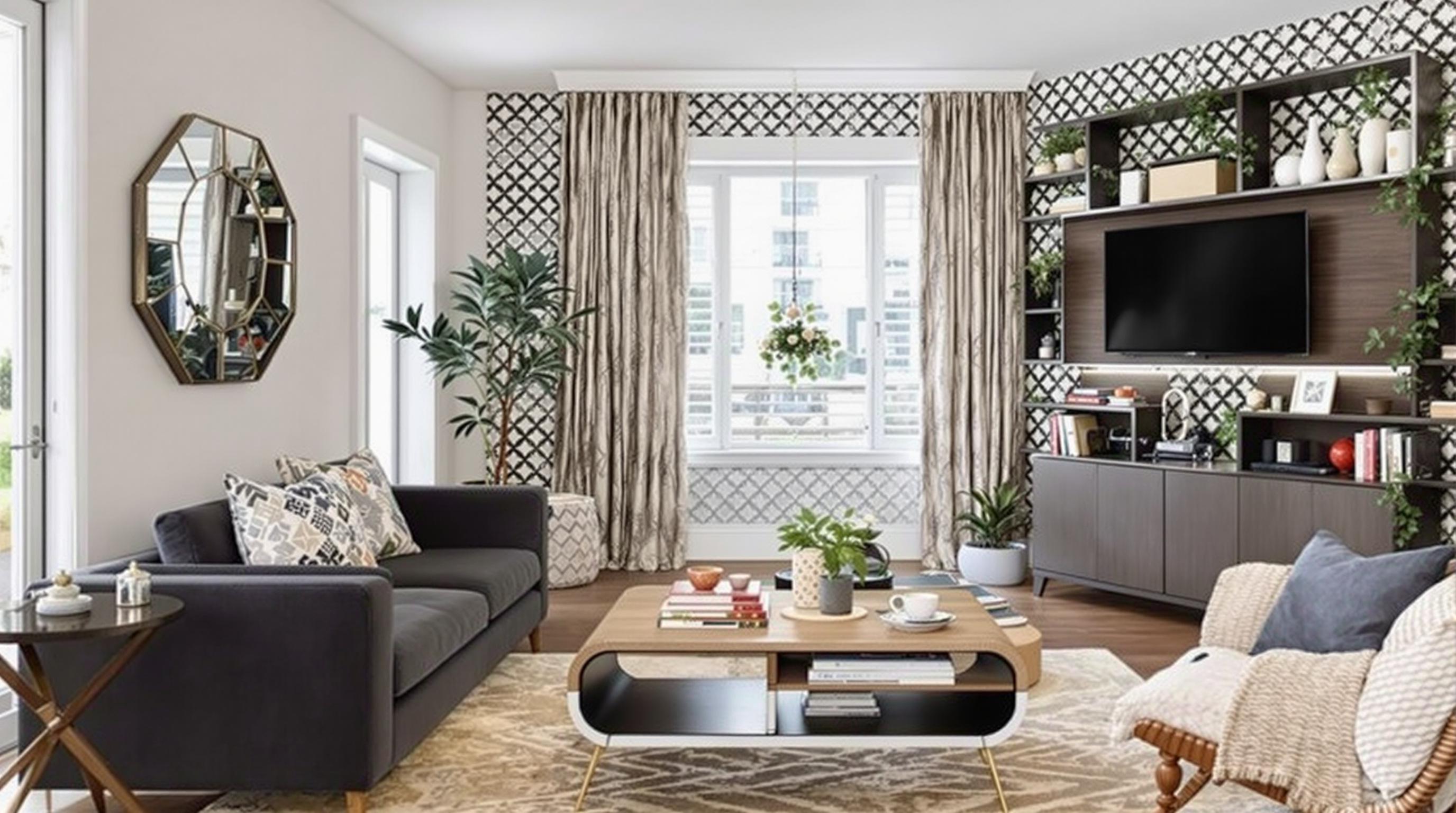Related Articles
- The Hidden Influence of Ergonomics: How Tool Design Shapes Our Physical Spaces and Daily Lives
- The Silent Influence: How Hidden Home Implements Shape Our Daily Routines and Spaces
- The Counterintuitive Role of Chaos: How Messy Tool Storage Can Lead to Unexpected Home Innovations
- Exploring the Unseen: How Audio Experiences Shape the Art of Domestic Spaces and Color Perception
- Rethinking the Mundane: How Everyday Objects are Becoming the Canvas for Modern Artistic Expression in Home Spaces
- Cultivating Chaos: The Surprising Benefits of Embracing Weeds in Your Garden Ecosystem
Reviving History: Eco-Friendly Techniques to Restore Vintage Decor in Your Home Renovation
Reviving History: Eco-Friendly Techniques to Restore Vintage Decor in Your Home Renovation
Renovating your home can be an exhilarating journey, especially when it involves breathing new life into vintage decor. This article explores eco-friendly techniques to restore your treasured pieces while preserving their history, examining both practical tips and heartwarming stories along the way.
The Allure of Vintage Decor
Ever wonder why vintage decor captivates us so? Statistics reveal that 54% of Americans prefer vintage to modern design, largely because it tells a story. Each old piece—be it a mahogany desk or a set of ceramic dishes—carries memories of a bygone era, allowing homeowners to connect with history in a tangible way. When done right, restoring vintage items not only revives these stories but also adds character to your home.
Assessing Your Vintage Treasures
Before you can restore, you need to assess. Take a close look at your vintage pieces, identifying the materials, flaws, and overall condition. Not all items can be salvaged, and sometimes the best restoration means embracing the imperfections that tell the story of the item. For instance, a slightly cracked vase can serve as a stunning conversation starter, a testament to its journey through time.
Green Restoration Techniques
Did you know that the U.S. throws away around 80 billion pounds of furniture each year? Instead of contributing to landfill waste, we can revive old pieces using eco-friendly techniques. Here are some tactics to consider:
- Natural Cleaning Solutions: Say goodbye to harsh chemicals. Olive oil and vinegar can work wonders on wood finishes—just mix them in a bottle and give your furniture a quick polish.
- Upcycling: Transform an old dresser into a chic TV stand or turn wooden crates into a trendy coffee table. The possibilities are endless!
- Organic Paints: Opt for non-toxic, zero-VOC paints when giving your vintage decor a fresh coat. Brands like Annie Sloan and ECOS Paints specialize in eco-friendly options.
Case Study: A 1950s Kitchen Revival
Maria, a 32-year-old homeowner and part-time interior designer, embarked on a project to restore her grandmother's 1950s kitchen. Rather than tearing everything down and starting anew, she carefully restored the original cabinets using natural oils and a homemade Eco-friendly paint. Through her ingenious use of retro patterns and colors, she turned her kitchen into a vibrant space that honors the past while fitting seamlessly into modern living. According to Maria, “Every meal now feels like a celebration in a piece of history.”
Storytelling in Decor
Much of the charm in vintage decor lies in the stories behind each piece. Like the time Tom found an old leather suitcase in his attic that belonged to his late grandfather, a traveler in the 60s. Rather than leaving the suitcase hidden away, Tom restored it using leather conditioner and now it serves as a quirky coffee table in his living room. Guests often ask about it, allowing Tom to share anecdotes about his grandfather’s adventures around the world. That's the magic of vintage decor—it not only beautifies your home but enriches it with stories you can share.
Choosing The Right Restoration Approach
Not all restoration is created equal. Depending on your vision and the piece’s condition, you may want to opt for one of these methods:
- Preservation: The piece remains untouched, retaining its original patina and character.
- Restoration: This involves repairing damaged areas while keeping the original materials whenever possible.
- Reconstruction: When the item is too far gone, you might need to recreate it using sustainable materials, ensuring a similar look while adhering to eco-friendly practices.
Go Green with Local Finds
As you embark on this journey, consider acquiring vintage decor from local thrift stores or flea markets, reducing your carbon footprint and supporting small businesses. A staggering 85% of thrift store profits go back into the community, making every purchase an act of generosity and sustainability. Plus, think of the exhilaration of uncovering hidden gems—like that chic mid-century lamp that just needs a little love!
It’s Not Just About Furniture
Remember, "vintage" isn't limited to furniture; it extends to decor, textiles, and artwork. Take, for example, your grandmother’s quilts—rather than storing them away, why not display them as wall art? This not only injects warmth and nostalgia into your home but also repurposes items that would otherwise go unnoticed. And let’s be real: nothing beats the feeling of snuggling under a vintage quilt during a cold night.
Embrace Imperfection: The Wabi-Sabi Philosophy
One of the most beautiful philosophies that aligns with eco-friendly techniques is the Japanese concept of Wabi-Sabi, which finds beauty in imperfection. By choosing to highlight the years of wear on your vintage pieces, you celebrate their history. After all, a scratch here, a dent there tells stories of life lived. Transform your mindset: instead of seeing flaws as imperfections, view them as unique features. This attitude not only enriches the look of your home but aligns with sustainable living by cherishing what already exists.
Smart Investments That Pay Off
If you’re contemplating investing in vintage pieces, consider this: vintage furniture often appreciates over time. According to the Antique Trader, mid-century modern furniture has seen a 400% increase in demand over the last decade. For many collectors, this shift is a testament to the timelessness and durability that quality vintage pieces offer. So, the next time you come across a stunning vintage item, remember—it's not just decor; it's an investment.
Create a Community of Vintage Enthusiasts
Join local vintage and antique groups, either online or in-person. Interactive platforms like Pinterest and Instagram are buzzing with DIY vintage restore hacks that can inspire your next project. Plus, connecting with fellow enthusiasts allows for the sharing of tips, tricks, and the occasional trade of pieces that no longer serve your decor vision. These communities can transform the sometimes solitary act of restoration into a lively social experience.
The Joy of the Process
Restoring vintage decor isn’t just about the end result—it's about the journey. Whether it’s sanding down a wooden table while listening to your favorite tunes, or sipping a cup of tea during a downtime of your project, cherish every moment. As the famous minimalist author William Morris once said, “Have nothing in your house that you do not know to be useful, or believe to be beautiful.” Embrace the grit and grind; the true beauty lies not just in the final product, but in the process itself.
Building a Sustainable Future
By choosing eco-friendly techniques in your home renovation, you contribute to a greener planet while embracing the beauty of vintage items. Each effort not only reduces waste but also fosters a sustainable future. The more we choose vintage and restore instead of buying new, the greater the impact—giving a double nod to history and our environment. In a world teetering on the brink of climate change, every small step counts.
A Lasting Legacy
As you restore and rejuvenate vintage pieces, you are creating a legacy. Picture this: your grandchild discovers a beautifully restored piece of furniture, perhaps a rocking chair you lovingly restored during your weekend escapades. The stories you’ve shared about the items’ history adds layers of meaning. This legacy will stand the test of time—a beautiful harmony of nostalgia, environment, and family history.
Final Thoughts: A Call to Action
So here’s my humble challenge to you: embark on your vintage restoration journey! Take a Saturday afternoon and go thrifting, find that forgotten chair hiding in the back of a garage, or dig into your attic for family heirlooms. With an open heart and eco-friendly techniques, you can not only breathe new life into your home but also revitalize your connection to history and environment. Remember, history isn't just about where we’ve been; it's about where we're going. Embrace the stories, cherish the imperfections, and make them yours.
After all, the past was built on dreams, and your home—your sanctuary—is a tapestry of those dreams beautifully stitched together with love, creativity, and awareness. Happy restoring!





